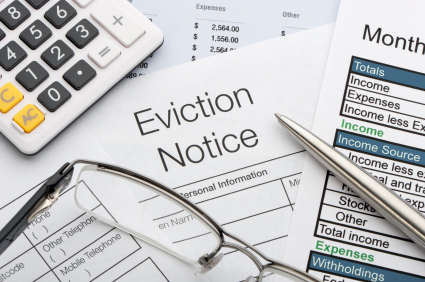Tenant fights ‘David and Goliath’ battle to keep her home as evictions on the rise in Brampton
Published March 8, 2024 at 3:54 pm

Landlords in Brampton are trying to evict more tenants than in nearly every other part of the province—a trend Deborah Paylor has experienced several times in the same apartment and one that housing advocates say needs to change.
“Is my home going to be taken today, is my home going to be taken tomorrow?”
That’s the question Paylor has been asking for over two years after receiving her first N12 notice from her landlord. These notices are issued when a landlord decides they or a family member plans to occupy the unit for a year or more, or if the landlord sells to a buyer who wants to occupy the unit.
Paylor has lived in a heritage home in downtown Brampton for the past 14 years but received an N12 in 2021 because her landlord wanted to rent the unit to his daughter, according to documents reviewed by insauga.com. Paylor fought the eviction and won, unlike many who find themselves at the province’s Landlord and Tenant Board (LTB).
That ordeal followed what housing advocates Peel ACORN called an illegal eviction attempt in 2016, with the landlord claiming Paylor had to move due to planned parking construction on the property, according to the documents. But emails from the city show there was no development application approved or even applied for at the property.
Since then, the landlord has unsuccessfully tried to evict Paylor two more times, and she says the property owner is working on another attempt.
According to Paylor, the property has also fallen into disrepair. Documents show the landlord had planned to have his daughter work as property manager, but multiple attempts to contact the property owner were not returned.
On top of dealing with LTB hearings, Palyor says she has a neurological illness, and the stress of the never-ending ordeal has put surgery on hold “as long as this is sitting over me.”
Tanya Burkart, a leader with Peel ACORN says N12s are a tool that are often used by landlords “and an easy way evict tenants” and the group is calling for the province to bring in full rent control and vacancy control across Ontario to stop the flood of N12 evictions and N13 “renovictions.”
“N12s extremely problematic, they’ll say anything they want,” Burkart told insauga.com about the rise in notices.
Data from ACORN shows Brampton has the second-highest number of N12s in Ontario, with 1,193 issued between 2017 and 2021, second only to Toronto at 5,085. This is happening at a time when over 30 per cent of Ontario residents (or 1.7 million people) rent their homes–an increase of 10 per cent between 2016 and 2021.
Burkhart says tenants who end up at the LTB face a “David and Goliath” battle, where being displaced from a unit can lead to “precocious housing or homelessness.”
She and ACORN say municipalities taking action against problem landlords, like Brampton’s currently-paused Residential Rental Licensing (RLL) pilot project, are positive steps towards safeguarding tenants but meaningful change has to come from the provincial level.
Part of the relaunch of the RLL has seen the city requesting that the LTB make disputes between Brampton tenants and landlords a priority, but Burkhart said she’s doubtful that call will be answered.
The city championed its two-year pilot as a way to crack down on illegal units and give Brampton bylaw officers more teeth when dealing with problem landlords, but the program was put on hold following protests and petitions.
Owners of rental units under the program are required to register with the city and are subject to random inspections. All registered second units, unregistered residential rental units and additional residential units all fall under the new rules.
As for Paylor, she’s prepared to continue with what she called a “trainwreck” of hearings.
She said that she doesn’t expect the landlord to give up trying to evict her, saying she’ll see the process through to try and keep “the comfort in my own home.”
INsauga's Editorial Standards and Policies








